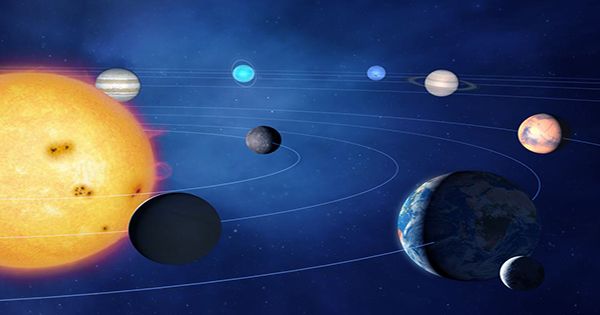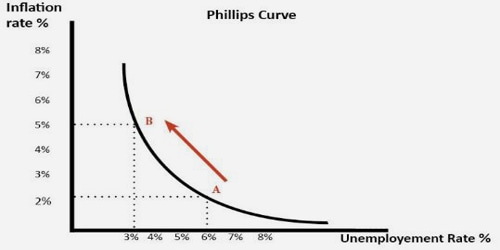Detecting high dynamic range and large field-of-view radio sources can be challenging due to the significant variations in signal strength and complexity of the radio wave patterns. The pre-research on data-oriented algorithms is important because the detection of compact feeble radio sources of low frequency and whole sky observation will be a hot topic in the research of the square kilometer radio array (SKA).
Dr. Shan Hao from the Xinjiang Astronomical Observatory of the Chinese Academy of Sciences and his collaborators carried out a preliminary study on the high dynamic range (HDR) radio source detection algorithm based on the full set alternative data release 1of TIFR GMRT Sky Survey (TGSS).
Our proposed algorithm has certain advantages. It avoids unexpected changes and loss of integrated flux density information in the traditional methods, as well as excessive and false high dynamic information.
Dr. Shan Hao
The results were published in Astronomy and Computing.
The researchers put forth a wavelet multi-scale framework-based HDR compression tone-mapping and gain control-based angular resolution and discrimination method.
“Our proposed algorithm has certain advantages. It avoids unexpected changes and loss of integrated flux density information in the traditional methods, as well as excessive and false high dynamic information,” said Dr. Shan.
The results were modified for display devices by lowering the HDR after the researchers utilized tone-mapping and gain adjustment to emulate the human visual system. Setting the discovery detection rate, missing detection rate, false detection rate, and a set of criteria allowed for the identification of the radio source.
Machine learning algorithms can be trained to detect patterns in radio data that may be difficult for humans to identify. These algorithms can be used to automatically detect sources and classify them based on their characteristics.
The viability of neural networks and super-resolution image restoration of radio sceneries is currently being studied by the academics. In order to achieve satisfying results for higher resolution data, the algorithm will be improved and applied to the data of the Murchison Wide-field Array (MWA).
















